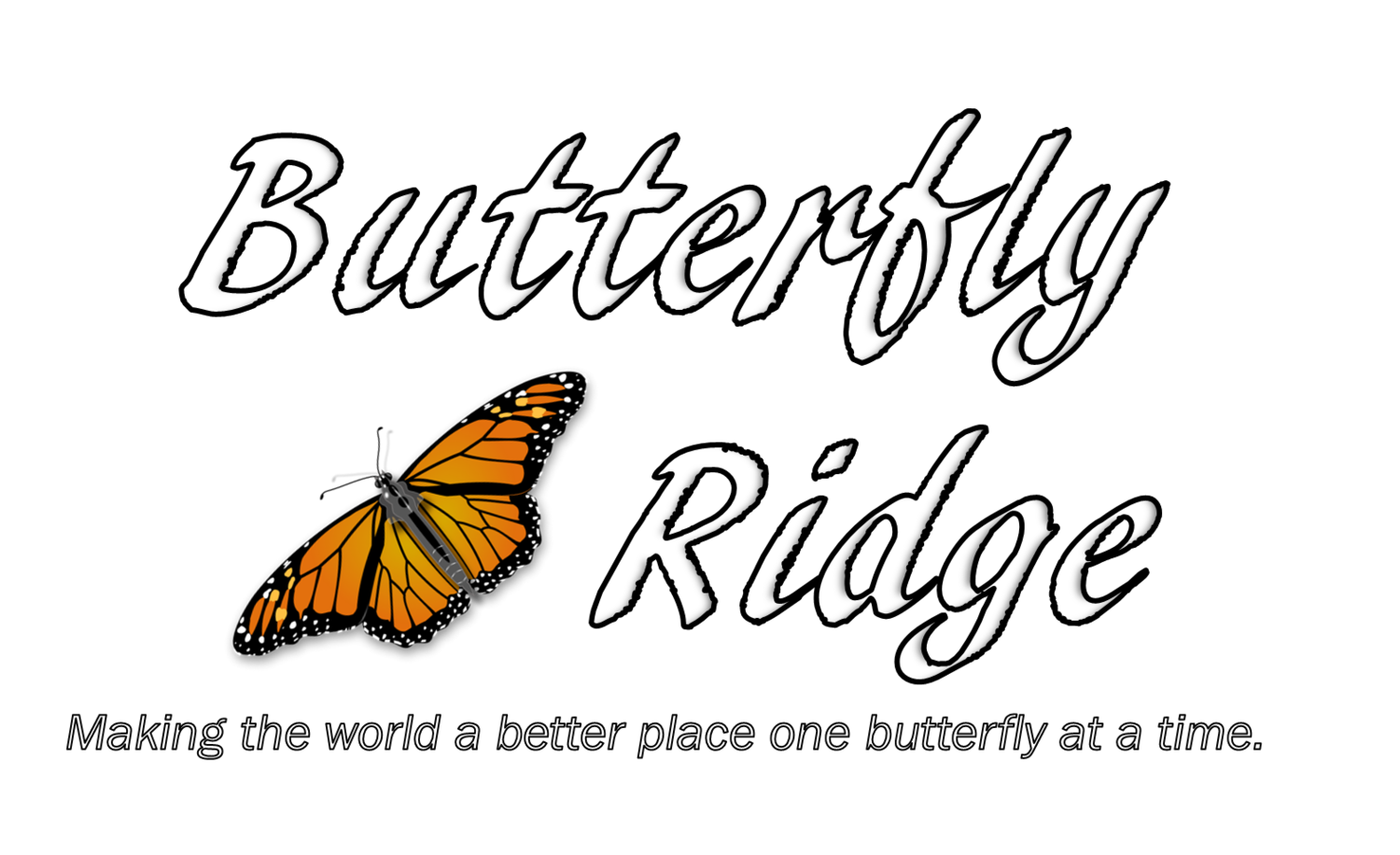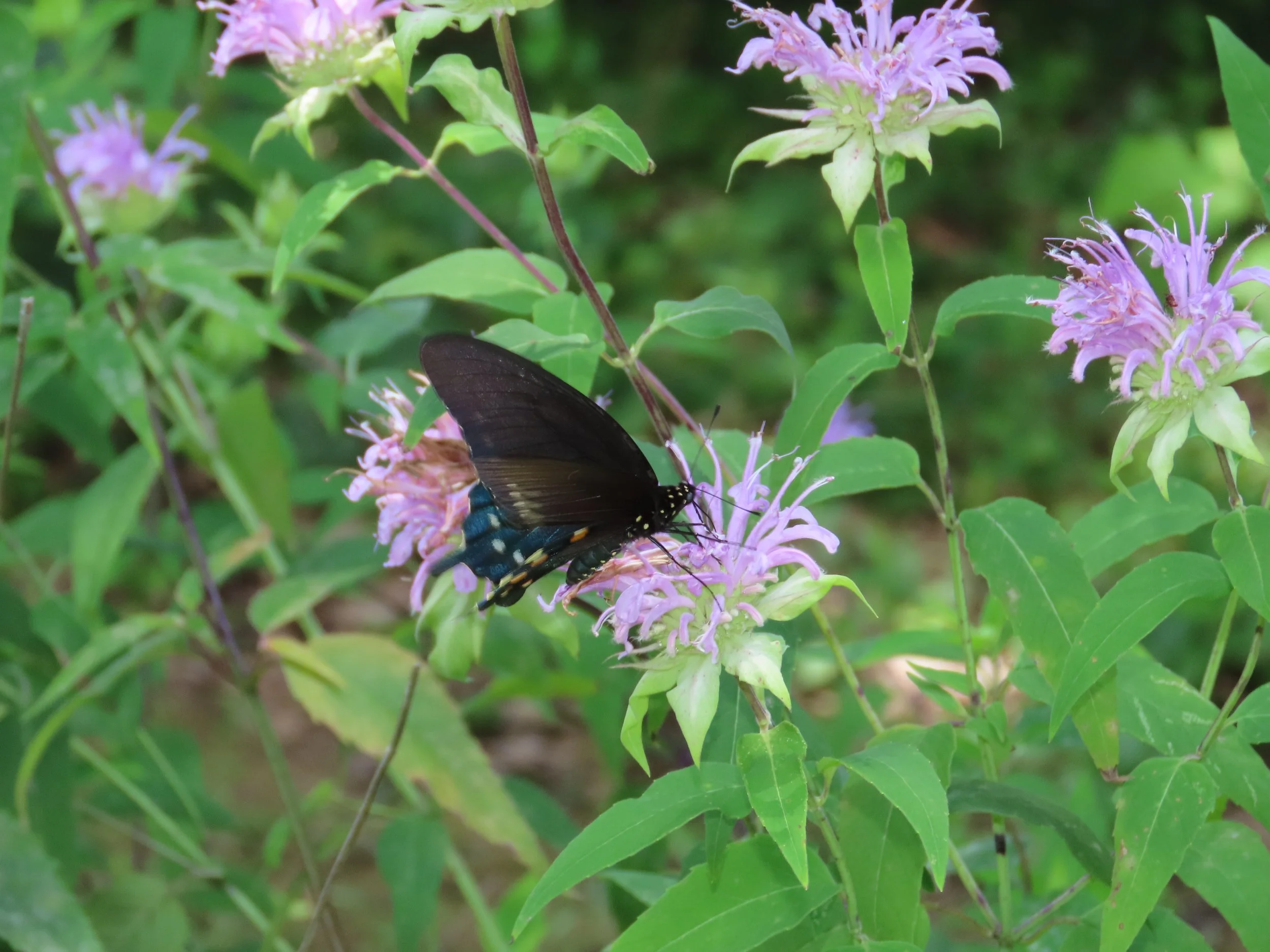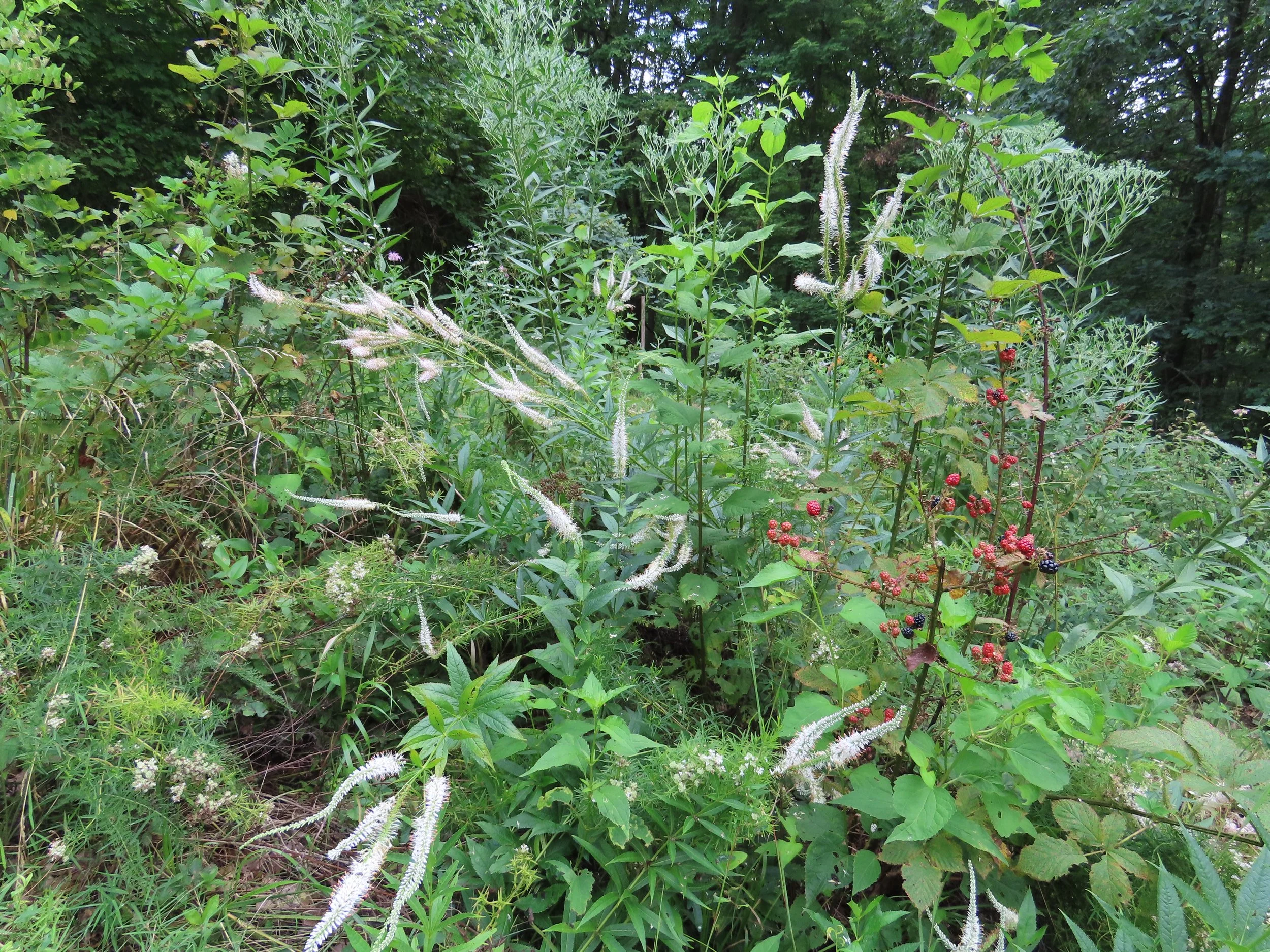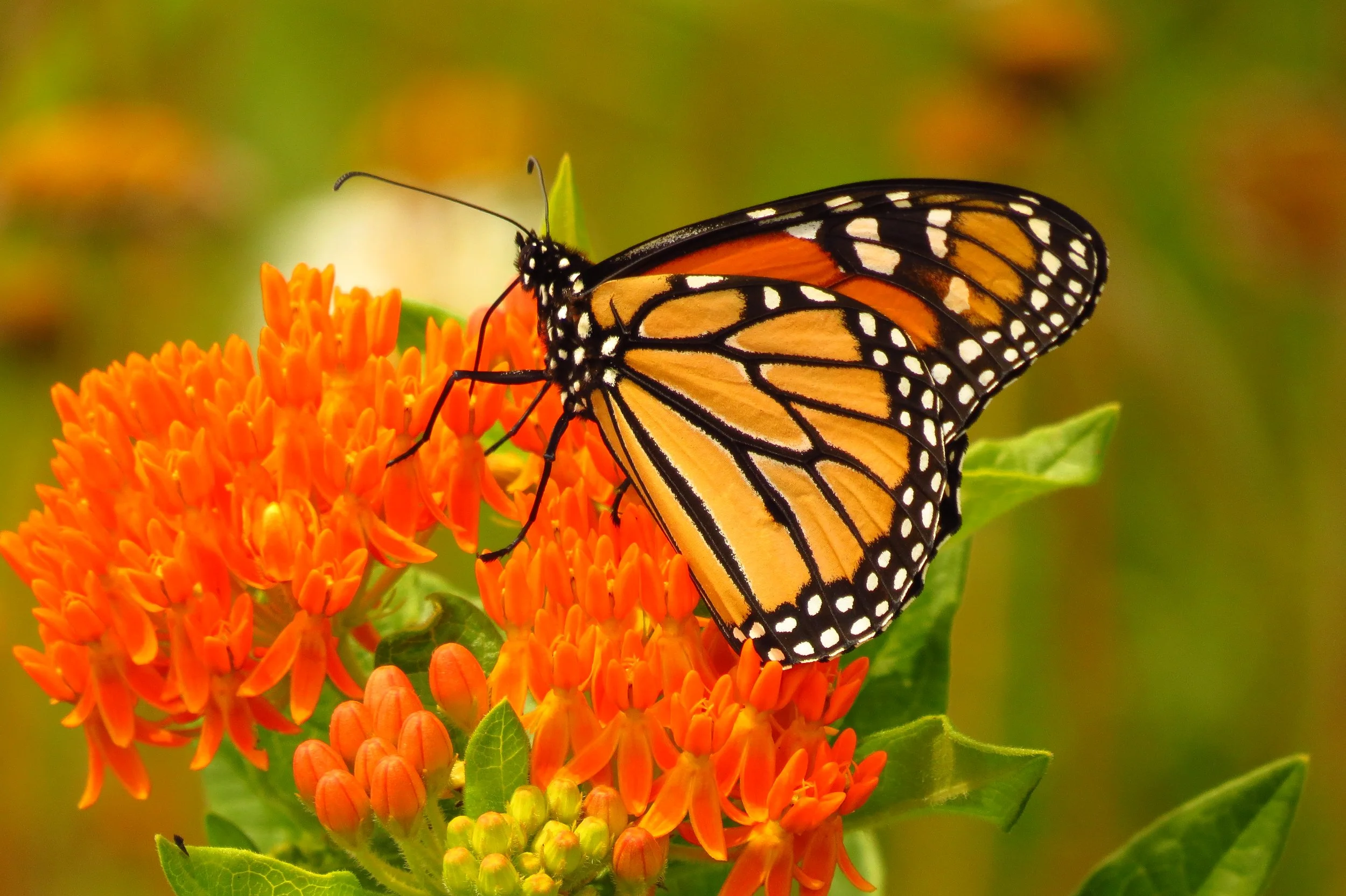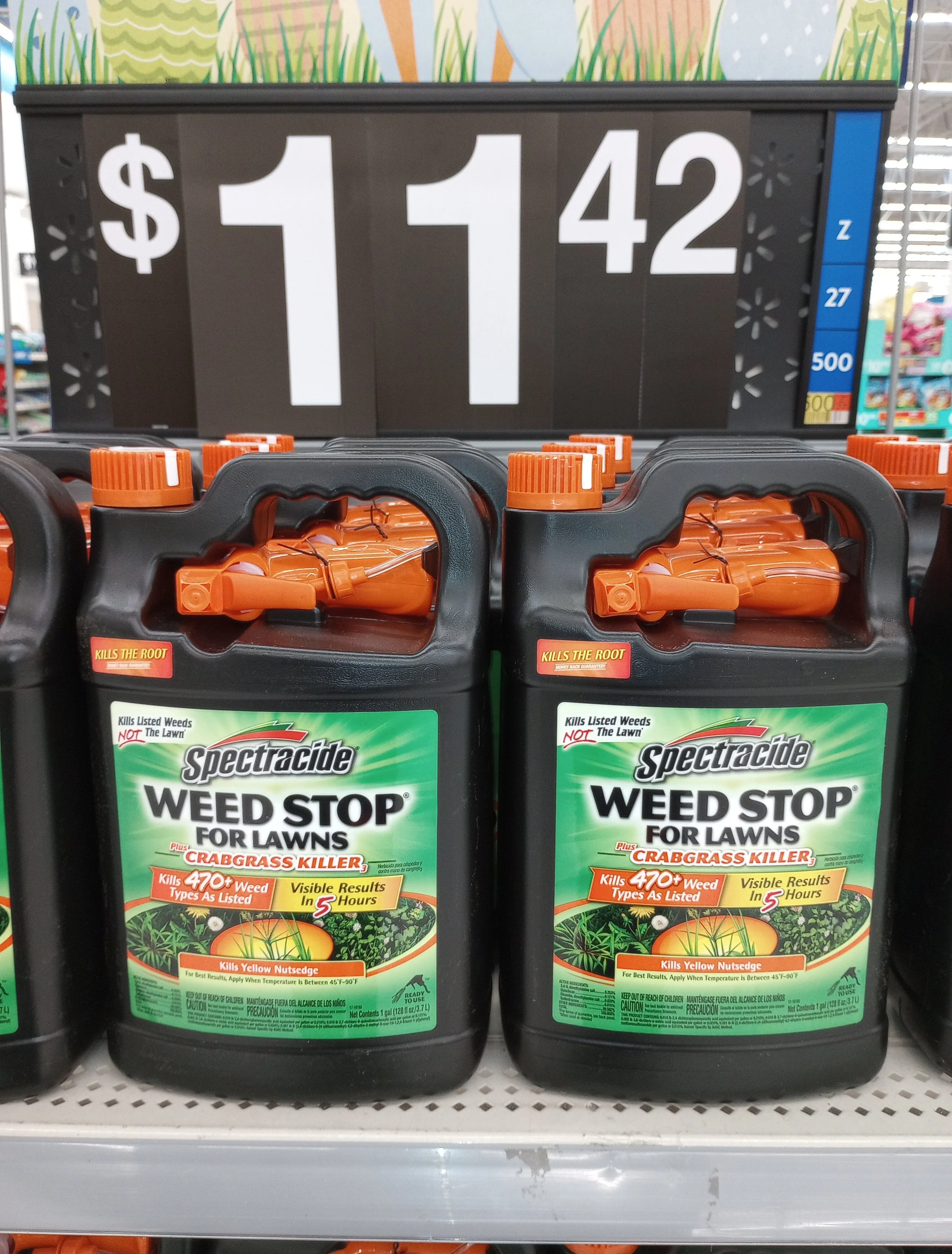Moving Beyond Milkweed
/American Lady nectaring on bergamot.
One of the projects I am working on for this winter is a book which will be titled If You Plant It They Will Come: A Butterfly Habitat Creation Success Story. One of the chapters I am most looking forward to working on will be the data chapter, where I document the impact that Butterfly Ridge has had on the general butterfly population, as well as the impact we have had on each of the 62 species on our butterfly list. I know the science nerds are really going to love this chapter. I also know that the folks who like butterflies primarily because they are pretty are probably going to skip this chapter.
“I just want butterflies flying in my garden,” some readers, perhaps many readers, are going to declare, fearful of the impending mathematical doom. To those folks I say, “then you have to get beyond milkweed”. For many folks, the only butterfly plants they think they know anything about are marigolds, roses, and milkweed. And of course, not all of those are good butterfly plants.
Everybody knows monarchs. In fact, the monarch is probably the only butterfly that most people in North America can recognize. They’re big, orange, sexy, and have an interesting story. And no, they are not extinct nor are they going extinct. But monarchs are transient, meaning for most of the year, unless you live in Florida, monarchs will NOT be found in your yard, in any phase of the life cycle.
On the other hand, if you live in the Midwest, the American Lady (pictured above), Pearl Crescent, and Tiger Swallowtail are in your yard, or that of a neighbor, in some form, twelve months of the year, either as a flying adult, a caterpillar, or an overwintering chrysalis. Your vast milkweed plantings will benefit these butterflies, but only for four to six weeks of the year in the summer. If you really want to have a garden full of butterflies, then you need to plant pussytoes, asters, and tulip tree with equal enthusiasm as you do milkweed. You need to plant solid native nectar plants like bergamot, blazing star, purple coneflower, cup plant, and mistflower with equal enthusiasm as you do butterflyweed.
So many people think that by planting milkweed they have done their butterfly good deed; they can now go to bed at night knowing they have saved the world. And don’t get me wrong, milkweed is an important plant and monarchs are an important butterfly. I know, I tagged and studied them in Arizona for several years. But if you want to have a garden full of butterflies, simply planting milkweed isn’t going to do the job.
This is the entire logic behind my Landscaping for Life videos available on YouTube and the Butterfly Ridge Facebook page. This is the whole reason for the upcoming book with all of its yummy mathematical goulash. That is the whole point for starting the Ohio Native Plant Seed Xchange on Facebook. The point of all of these things is to help and encourage you to get beyond milkweed. Don’t ignore the butterflies that are in your backyard or living next door throughout the year for that one hottie that comes to visit during summer break and is then gone.
